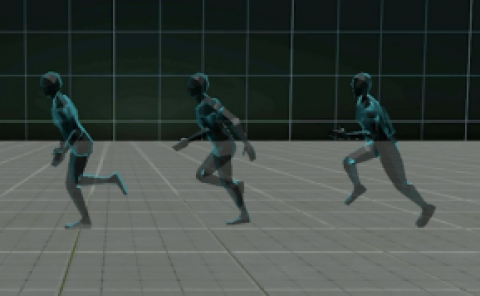A Review on Ocular Biomechanic Models for Assessing Visual Fatigue in Virtual Reality
PubDate: March 2018
Teams: Deakin University
Writers: Julie Iskander; Mohammed Hossny; Saeid Nahavandi
PDF: A Review on Ocular Biomechanic Models for Assessing Visual Fatigue in Virtual Reality

Abstract
With the wide spread of affordable virtual reality headsets, virtual environments are rapidly changing the way humans interact with reality. Understanding the effects of virtual environments on the mental and cognitive state is essential. In addition, defining methods for measuring and assessing visual fatigue in virtual environments is still needed. While eye movements are tightly coupled to the mental state, analysis of eye movement can add insights for safer virtual environments. Biomechanical analysis has been used extensively in the analysis of human movement. Simulation of different scenarios such as injuries and surgeries provided insights and solutions to problems that were otherwise impossible. This includes understanding the effects of changing insertion points of muscle on range of motion or how muscle activation can affect the motion produced. Extending the use of biomechanical simulation analysis into eye movement can be used to deepen our understanding of how virtual environments affect our visual and mental capabilities. This paper presents a thorough review on ocular biomechanics and ocular models in literature. We start with a brief introduction on the anatomy of the eye and eye kinematics. In addition, properties of the extraocular muscles (EOM) are described and the difference between EOMs and skeletal muscle is highlighted. The challenges facing biomechanical simulation and analysis of eye movement are presented along with the role of ocular models in assessing visual fatigue. Furthermore, the compatibility of available biomechanical tools to analyze ocular movements is discussed.


